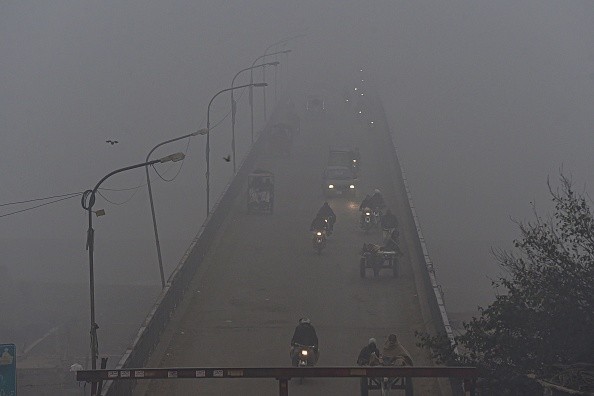Seeing haze above a city is an easy way to tell if the air is polluted. But researchers have found harmful particles floating in the air even in rural areas where the air appears to be clean. It's possible that fresh country air isn't as rejuvenating as everyone once believed.

Comparing Levels of Oxidative Potential in Urban and Rural Areas
Pollutants smaller than 2.5 micrometers in diameter (PM2.5) are likely to cause more harm to human health since they penetrate deep into the lungs, destroying cells and tissues there, according to Science Alert.
Thus, the World Health Organization has to set a standard threshold for ambient PM2.5 levels as a form of guidance.
The chemical composition of the tiny particulate matter humans breathe may be more crucial for health than its mass, according to recent studies. Reactive oxygen species (ROS), which can harm human health, are more common in smaller, lighter particles.
Oxidative potential was found to be identical in all four locations studied by researchers in the United States, including three metropolitan areas and one rural area in the midwest. Even though the rural site had a lower mass of PM2.5, that was still the case.
Even though the rural site's PM2.5 mass came from agricultural activities, they were responsible for more than 60 percent of the region's oxidative potential. On the other hand, the oxidative potential of most urban areas was less than 54%.
The Research's Findings
According to a new paper, overall, this investigation reveals that the sources contributing substantially to PM2.5 mass are not always equivalent in terms of their health consequences.
Toxic potential of tiny particles, rather than mass, are the researchers' preferred health criteria for measuring air pollution's impact on human health.
The research is based on weekly PM2.5 samples collected in Chicago, Indianapolis, St. Louis, and a rural site in Illinois between the summer and fall of 2018 and the winter and spring of 2019.
Toxic effects of fine particulate matter were shown to be uncorrelated with their mass, according to an investigation of these samples. In rural locations, lighter compounds were far more likely to develop harmful consequences.

Sources of PM2.5
Many of the potentially harmful compounds being inhaled in rural Illinois are likely a result of agricultural activities, such as the application of fertilizers and herbicides.
Heavy metal contaminants, such as lead and chromium, can easily enter the air and human lungs when phosphate fertilizers are sprayed on crops, for example. Spraying copper fungicides is very similar.
Coal combustion and biomass burning accounted for more than 80% of rural Illinois' PM2.5 mass, despite being located just 12 kilometers (7 miles) from a coal-fired power station.
Using PM2.5 concentrations alone, the authors would have concluded that coal was the most hazardous substance for human health. That, however, may not be the case. Rather, agricultural sources, which are smaller in mass but more toxic than burned biomass, were shown to be twice as harmful.
For more news, updates about air pollution and similar topics don't forget to follow Nature World News!
© 2025 NatureWorldNews.com All rights reserved. Do not reproduce without permission.





